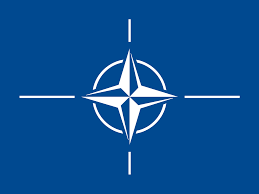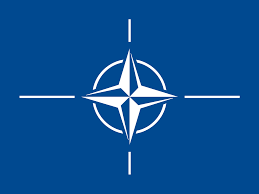The Evolving Battlefield: The Need for Advanced Counter-Drone Systems
In recent years, the advent of drones has significantly transformed modern warfare and battlefield tactics, prompting military strategists and defense manufacturers to urgently develop sophisticated counter-unmanned aerial systems (C-UAS). As drone technology continues to advance at an unprecedented rate, nations around the world are grappling with the challenges posed by these agile platforms, which can be deployed for a variety of purposes, ranging from surveillance to targeted strikes.
Drones offer numerous advantages on the battlefield, including enhanced reconnaissance capabilities and reduced risk to personnel. Their ability to operate at various altitudes, gather intelligence in real-time, and carry out missions with precision has captivated military planners. Additionally, drones can be equipped with payloads that include not only surveillance technology but also weaponry, creating a multifaceted tool for modern warfare.
However, the proliferation of drone technology has raised significant concerns about security and defensive measures. Traditional military assets, such as fighter jets and missile systems, are increasingly vulnerable to drone attacks. This vulnerability has led to a pressing need for effective counter-drone systems that can detect, track, and neutralize threats posed by these aerial vehicles. Experts in military technology emphasize that C-UAS systems must evolve quickly to keep pace with the rapidly progressing drones.
The rise of adversaries utilizing drones for asymmetric warfare further complicates the situation. Many countries, particularly those engaged in conflict or low-intensity warfare, have access to drones that are less expensive to manufacture and deploy than traditional military aircraft. This democratization of drone technology allows smaller or non-state actors to challenge larger, more advanced military forces. As a result, military forces must prioritize the development and integration of C-UAS technologies to mitigate the risks posed by enemy drones.
Furthermore, the ongoing conflict in Ukraine has highlighted the effectiveness of drones in real-world scenarios. Both sides have leveraged drone technology for reconnaissance and tactical strikes, underscoring its critical role in contemporary engagements. The need for robust counter-UAS capabilities has become increasingly apparent as these operational environments reveal the shortcomings of traditional aerial defense systems.
In response to these challenges, defense contractors are exploring various solutions, including electronic warfare, kinetic interception, and advanced radar systems, designed to detect and counteract UAV threats. The integration of artificial intelligence into C-UAS systems has also emerged as a key focus, allowing for more rapid response times and improved target discrimination.
Ultimately, military leaders recognize that the future of warfare will likely involve drones as a standard component of combat operations. Therefore, ongoing investment in counter-drone technologies will be essential for ensuring that armed forces remain prepared and capable in an age where drones dominate the battlefield. As the landscape of warfare continues to evolve, the defense sector faces an imperative to stay ahead of the curve in countering this revolutionary threat.
In conclusion, the rise of drone technology has revolutionized the battlefield paradigm, necessitating a concerted effort from military organizations and governments to advance C-UAS systems. The challenge lies in outpacing the innovation of unmanned systems to safeguard national security and maintain operational effectiveness in the face of emerging aerial threats.
Source


